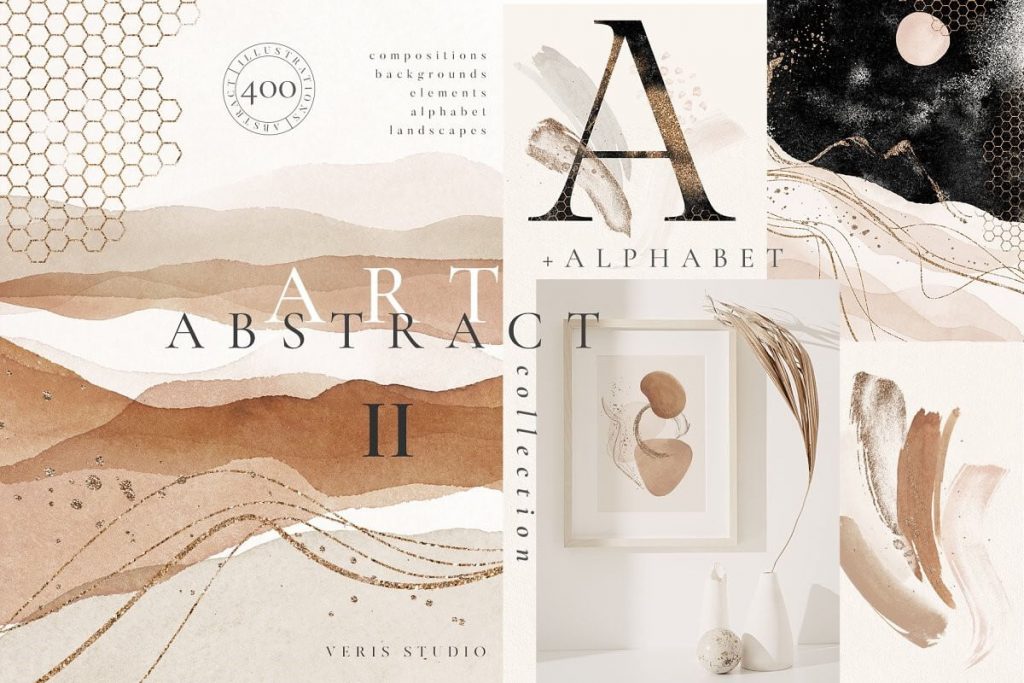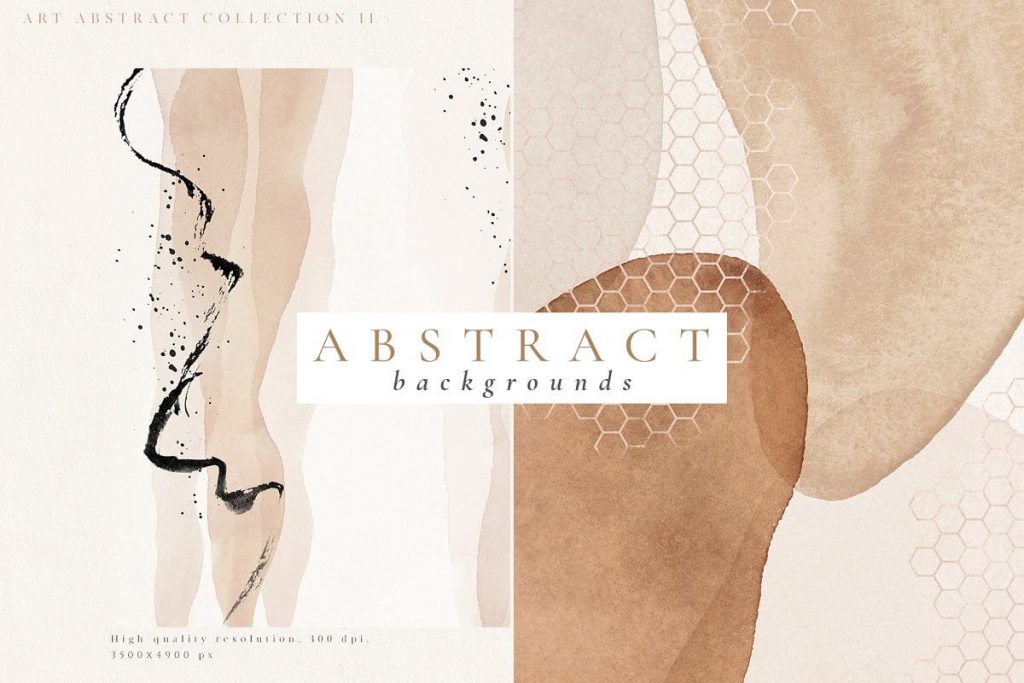What is texture? If you’re new to textures and how they work, this article is for you. If you know these things already though and want a cheat sheet as a reminder before animating, then go ahead and read on!
1) Textures Work With Ambient Lighting, Not As A Replacement For It
One thing you need to keep in mind is that textures are secondary to ambient lighting. That means everything you do with them will involve the lighting of your scene. Now, there’s no reason for you to learn about lighting just yet because it can be rather complicated. But there are a few things you need to keep in mind before you start. First of all, make sure that your ambient lighting is solid before working on the textures. You won’t be able to see any changes until after you render everything out anyway so it’s best just to skip this step if you’re not feeling patient.
2) Know How The Texture Art Will Affect Your Rendering
When you put a texture on, it will be affected by the lighting of your scene. But while the rest of your scene might have a nice setup, if you mess with the textures, what you’ll end up with is a rather washed-out image that has little to no contrast. Creative Market You see, the problem with textures is that they are all lighted differently. Once you start to experiment with how strong or weak the lighting is depending on where your texture is, you’ll start to notice things like light leaks and shadows.
3) Experiment With The Positioning Of Your Texture Definition
Textures can only do so much for your animation. For some parts, it might work well. For others, you need to experiment with how far away from your character you want your texture to be and what angle of the texture works best for the direction of your animation. The best way to approach this is to look at other people’s textures and see what they did with the positioning. Once you get a feel for what works, start experimenting yourself.
4) Don’t Clutter The Texture Too Much
This is common sense and something that most people will know already because it’s just plain annoying to animate around a lot of clutter: don’t put too much stuff in your texture or else you’ll have editing nightmares later on down the line. This includes logos, dirt, blood splatter, and anything else you might want to animate later on. When you decide to go back and edit your textures because you need a certain part that’s lacking something, it will be very time-consuming if you have to go through all that extra stuff just to get rid of what doesn’t fit.
5) If You See Light Leaks, Fix Them Immediately
When you first start working with textures, this will be one of the first things you’ll notice. Sometimes a light leak can be a cool effect that a lot of people like to use because it gives certain parts a different kind of mood. But for other cases, you just have to fix it because there is no other choice. Light leaks are caused by several things but the most common is that your texture isn’t completely closed off from the rest of the scene or that you have two textures overlapping each other and one of them has a hole in it which lights up whatever is behind it. And if either of these things happens, you’ll need to go in and fix it. This can be a rather time-consuming process but if you’re smart about it, you might be able to cut out the part that’s leaking for your editing later without sacrificing the image quality too much.
6) Experiment With The Lighting And Textures Together
As I’ve said, textures are secondary to lighting. What this means is that if your scene is too dark, people won’t be able to see the details of your texture and they’ll also not like it very much. You can try increasing ambient lighting but make sure nothing starts to shine because it will mess with the background textures. Creative Market It’s best if you experiment with how much ambient lighting you need by adding more or less until you get something that’s not too bright but also not too dark. You can also experiment with other textures together like dirt and rust to see what kind of result you’ll get out of it. Just do it quickly because this is just an experiment after all, not the finished project. But once you’ve gotten a feel for what works and what doesn’t work, start to think about how you want your textures and lighting to interact with each other and what sort of mood you’re setting up. The more organized and thought out your decisions are, the better the result will be in the end. Check out Creative Market for a library of textures.
Takeaway
Textures don’t make or break your animation, lighting does. Make sure your textures aren’t too cluttered and plan out what kind of mood you want to set up before you start animating. Experimenting with positioning and experimenting with mixing different lighting and texture combinations is the best way to practice learning what works and doesn’t work for each part of your project. Experimenting with what works and doesn’t work is the best way to learn about textures.




